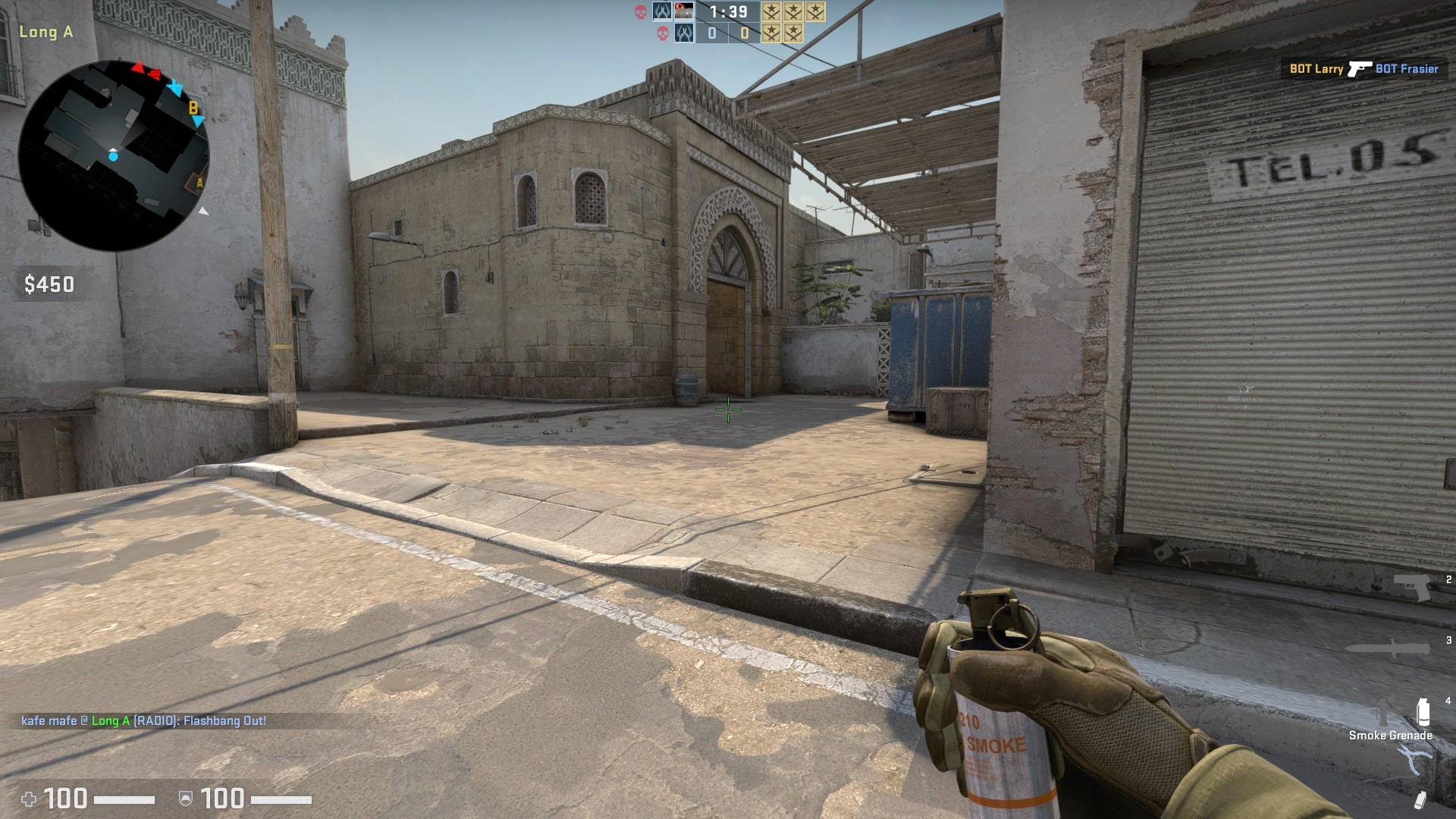Biej Insights
Exploring the latest trends and news around the globe.
Lurkers Anonymous: Embracing the Shadows in CS2
Discover the hidden world of CS2 lurkers! Embrace the shadows and unlock secrets that can elevate your game to new heights.
The Art of Lurking: Strategies for Mastering Stealth in CS2
The art of lurking in CS2 is a crucial skill that can turn the tide of a match. To master this stealthy approach, players must first understand the dynamics of map control and positioning. A successful lurker often adopts a strategy of patience and awareness, staying out of sight while keeping a keen eye on the enemy's movements. As you navigate through the map, utilize the environment to your advantage by taking unexpected routes and using shadows to blend in. Remember, the key is to avoid unnecessary encounters while maintaining the potential to strike when the moment is right.
To enhance your lurking skills, consider these effective strategies:
- Map Knowledge: Familiarize yourself with the layout to identify common hideouts and escape routes.
- Sound Cues: Listen for footsteps and gunfire to gauge enemy positions and adjust your strategy accordingly.
- Communication: Coordinate with your teammates to create distractions, allowing you to position yourself more effectively without drawing attention.

Counter-Strike, often abbreviated as CS, is a popular multiplayer first-person shooter that has captivated gamers since its initial release. The game pits terrorists against counter-terrorists in various scenarios, fostering teamwork and strategy. One of the exciting features in the game's recent updates includes various cases that players can open for unique skins and items, such as the dreams and nightmares case.
Understanding the Lurker Role: Key Skills and Tips for Success
The lurker role in online communities and social media platforms is often misunderstood. Lurkers are users who consume content without actively participating in discussions or posting their own content. Despite this seemingly passive engagement, they play a crucial role in shaping the community by providing silent support and insight through their observations. To excel in the lurker role, individuals should develop a keen sense of observation, allowing them to discern community dynamics and member interactions. This skill enables lurkers to understand the unspoken rules and culture of the community, leading to a more enriching experience.
To succeed as a lurker, consider these essential tips:
- Stay Informed: Regularly follow discussions and updates to stay current on trends and topics.
- Engage Virtually: Even if you don’t post, engage by liking or sharing content that resonates with you; this helps in fostering community ties.
- Learn from Others: Observe how others communicate and express themselves, which can improve your understanding of effective online interaction.
- Practice Patience: Remember, lurking is not about rushing to contribute; it's about absorbing knowledge and understanding the community.
Why Lurkers Matter: The Impact of Stealth Players on Team Dynamics in CS2
In the competitive landscape of CS2, the presence of lurkers, or stealth players, can significantly shift the dynamics of team play. Unlike more aggressive roles, lurkers tend to adopt a tactical position, providing critical support and information to their teammates without drawing direct fire. This strategic maneuvering not only amplifies the team's overall efficiency but also contributes to a deeper layer of psychological warfare. By remaining unseen, lurkers can catch the opposing team off-guard, creating opportunities for advantageous plays that can turn the tide of a match.
Furthermore, the impact of lurkers goes beyond mere strategy; it touches upon the very fabric of team dynamics. Their ability to adapt and communicate effectively with teammates can bolster morale and enhance trust within the group. As lurkers gather intelligence and execute flanking maneuvers, they can inspire teammates to take calculated risks, knowing they have backup when needed. This symbiotic relationship not only fosters a more cohesive unit but also encourages an innovative playing style that can surprise opponents. In essence, the role of lurkers is pivotal; they shape the game's flow and provide invaluable insights that elevate the performance of the entire squad.